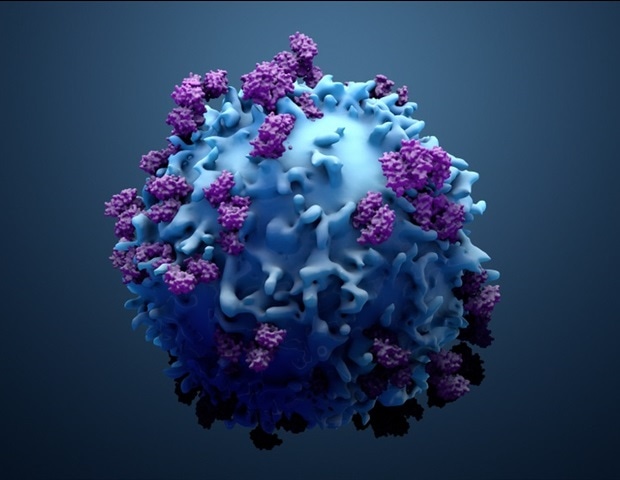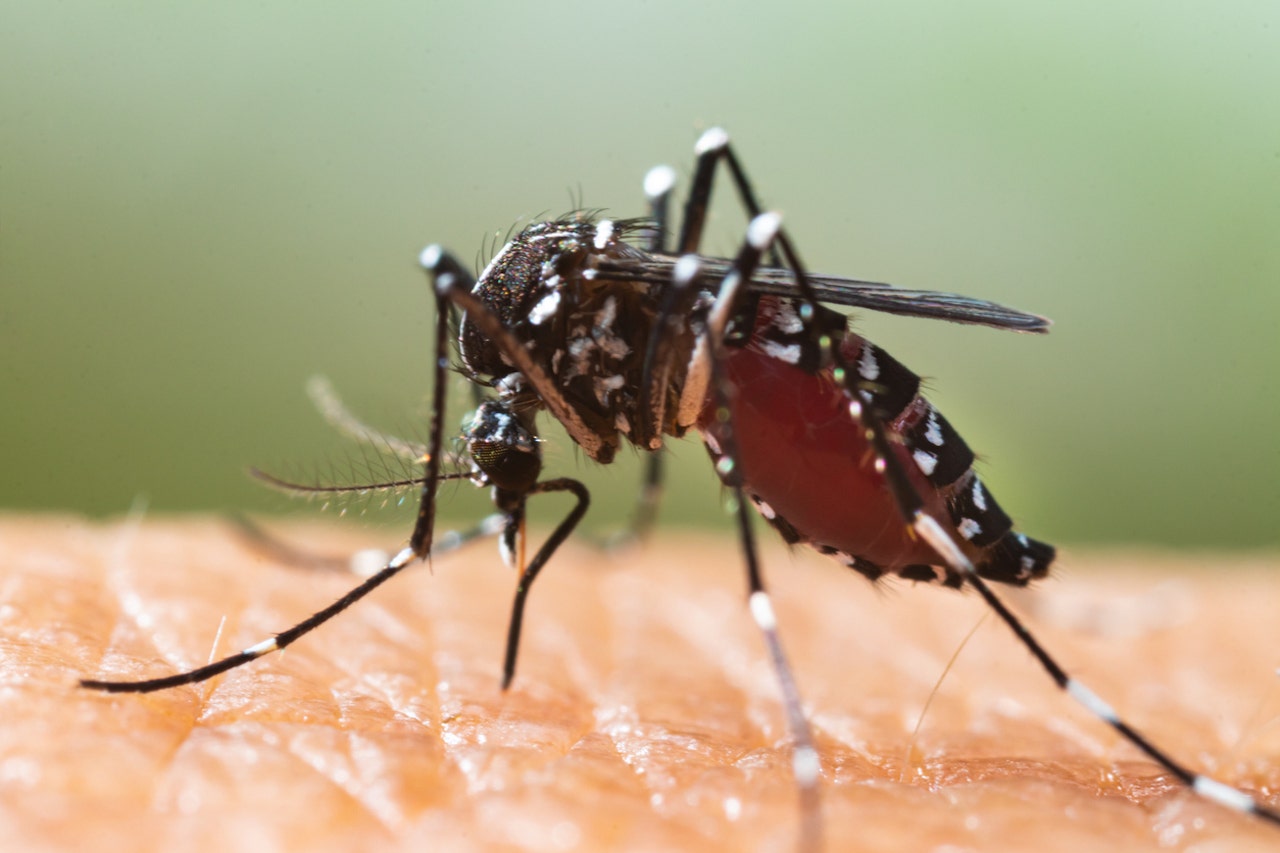Overcoming most cancers relapse with CAR-Enhancer remedy

Whilst they’ve revolutionized the therapy of sure types of most cancers, CAR T-cell therapies have been shadowed by a big limitation: many sufferers, together with these whose most cancers goes into full remission, ultimately relapse. In a brand new research, Dana-Farber Most cancers Institute researchers report on a way with the potential to get rid of that drawback.
The method, described in a paper printed on-line as we speak within the journal Nature Biotechnologyworks by spurring CAR T cells to be extra lively and persist longer within the physique, enabling them to stay in battle mode till all tumor cells are eradicated. The approach – creates what researchers dub a CAR-Enhancer (CAR-E) therapeutic platform – additionally causes CAR T cells to type a reminiscence of the most cancers cell, to allow them to spring again into motion if the most cancers recurs.
In experiments in patient-derived laboratory most cancers cell strains and different research, CAR-Enhancer therapy succeeded in eradicating all tumor cells, clearing the way in which for scientific trials of this method in human sufferers. Researchers hope to launch the primary trial within the close to future.
“CAR T-cell therapies have been a breakthrough treatment for B-cell hematologic cancers such as B-cell leukemias and lymphomas and multiple myeloma,” says the research’s senior creator, Mohammad Rashidian, PhD, of Dana-Farber.
In myeloma, for instance, just about one hundred pc of sufferers have a wonderful response to CAR T-cell therapies initially, however virtually all relapse, half of them inside one to 2 years of therapy. Relapse coincides with the disappearance of CAR T-cells within the bloodstream.”
Mohammad Rashidian, Dana-Farber Most cancers Institute
“Most of the research to address this challenge has focused on re-engineering the CAR T cell itself – for example, by introducing or eliminating genes to keep the cell active for longer,” he continues. “While these approaches hold great promise, they have yet to show much effectiveness in the clinic. We decided to come at the problem from a completely different perspective.”
As an alternative of making an attempt to change the internal workings of CAR T cells, Rashidian and his colleagues developed an method that works from the skin – by delivering to the cells’ doorstep a molecule that extends their lives and prompts them to type reminiscence. The automobile for undertaking it is a fused-together “platform” not like some other utilized in medical therapy.
CAR T cells are genetically enhanced variations of a affected person’s personal cancer-fighting T cells. They’re made by eradicating a number of million T cells from a affected person’s blood and genetically equipping them to supply a particular construction, known as a chimeric antigen receptor, or CAR, on their floor. The CAR is designed to latch onto a selected marker, or antigen, on a affected person’s tumor cells. The cells, now known as CAR T cells, are grown in a lab till they quantity within the tons of of hundreds of thousands. When the cells are infused again into the affected person, their specifically designed receptor locks onto the tumor cell antigen and triggers an immune system assault on the most cancers.
“The attack destroys nearly all the tumor cells, but a tiny percentage remains,” Rashidian explains. “The CAR T cells are effector cells: they live to kill cancer cells. When they can’t find any more to kill, they act as if their job is done and go away. The remaining tumor cells, however, can set the stage for a resurgence of the cancer.”
To extend the CAR T cells’ assault and endow them with reminiscence, the Dana-Farber researchers developed a very novel therapeutic agent, the CAR-E platform. It consists of a weakened type of the immune-signaling molecule interleukin-2 (IL-2) fused to the very antigen the CAR is designed to bind to.
“IL-2 has a strong effect on T cells – activating them and causing them to proliferate – but it can also be highly toxic to patients,” Rashidian remarks. “For that reason, we used a very weak form of it. On its own, it has no effect on normal T cells but has a stimulatory effect on CAR T cells when targeted specifically to them.”
That precision concentrating on is completed by fusing IL-2 to a selected antigen. In CAR T-cell therapies for a number of myeloma, the CAR binds to an antigen known as B-cell maturation antigen (BCMA) on myeloma cells. It’s that antigen that’s affixed to IL-2 within the new remedy.
“Just like weak IL-2, the BCMA antigen by itself doesn’t affect CAR T cells, but, together, they have a synergy whose impact was well beyond our expectations,” says the research’s first creator Taha Rakhshandehroo, PhD, of Dana-Farber.
CAR-E remedy not solely causes CAR T cells to proliferate however to diversify – to generate several types of CAR T cells with totally different properties – researchers discovered. “It generated not only effector T cells, which most patients already have, but also stem cell-like memory T cells, central memory T cells, effector memory T cells – a complete repertoire of the kinds of T cells needed for an effective immune response to cancer,” Rashidian remarks.
In laboratory cultures of myeloma cells and in animal fashions of the illness, CAR-E remedy introduced in regards to the full clearance of tumor cells – an erasure of any signal of the most cancers – researchers discovered.
There have been different advantages as nicely. Researchers found that the long-lasting CAR T cells generated by the remedy may very well be re-stimulated by re-administering CAR-E. This means that sufferers who relapse after CAR T-cell remedy may very well be successfully handled with extra doses of CAR-E therapy. CAR-E additionally raises that risk that sufferers may very well be handled with smaller numbers of CAR T cells than at current. The present observe of permitting CAR T cells to multiply into the tons of of hundreds of thousands is a time-consuming, costly, resource-heavy course of that requires sufferers to attend many weeks earlier than receiving an infusion of the cells. The massive portions are partly liable for one of the crucial widespread unwanted side effects of CAR T-cell remedy: cytokine launch syndrome, through which an over-aggressive immune response leads to fever, nausea, speedy heartbeat, neurological issues or different points. With CAR-E, it may be attainable to skip the CAR T-cell enlargement course of altogether: CAR T cells would merely be made and infused into sufferers, adopted by therapy with CAR-E.
“In animal studies, we infused mice with very low numbers of CAR T cells and found that weren’t able to clear the cancer,” Rashidian relates. “When we gave them the CAR-E treatment, the CAR T cells expanded and were able to clear the cancer.”
One of many first objectives of a scientific trial of CAR-E remedy will likely be to make sure security and to find out the very best dose and schedule of administration. Initially, they anticipate that the therapy would start a couple of month after sufferers are infused with CAR T cells. Therapy would include a weekly dose of CAR-E remedy for 3 or 4 weeks.
“The most exciting part of this therapy is how easily it can be integrated into the care of patients receiving CAR T-cell therapies,” Rakhshandehroo says. “It’s such an elegant solution to the problem of CAR T-cell depletion. We’re eager to begin testing it in clinical trials.”






